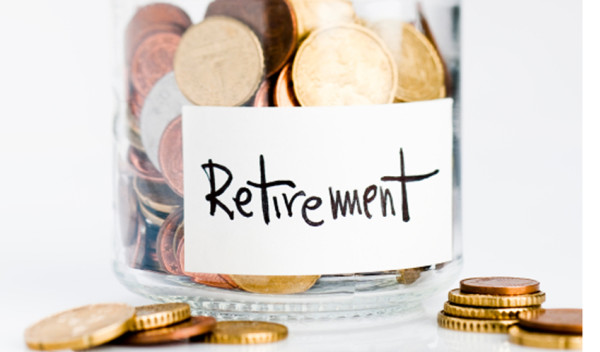

The changes should bring an age of proper, holistic retirement planning, and that will mean considering a wider range of assets and income sources before making a decision about retirement income.
The amount that has been saved into a money purchase pension is a key part of the planning process, but clients are no longer constrained to taking income through an annuity or drawdown. This brings useful flexibility, although defined contribution pensions do not exist in isolation.
Before even considering accessing any private funds, it is worth pondering the state pension entitlement of the individual. A flat rate state pension, worth around £150 a week, will come into effect from April 2016 for men born after 1951 and women born after 1953 who have
at least 10 years’ national insurance contributions.
Defined benefit pension
Another source of secure income in retirement could be a defined benefit pension – once referred to as ‘final salary’, although increasingly payouts are based on ‘average salary’. Such schemes are dying out fast – none of the FTSE 100 companies still offer one – but according to Prudential around half of those retiring this year have some value in a salary-based scheme.
Outside the world of pensions, property is a key source of wealth and therefore income. Over-60s own about a quarter of all the UK’s housing wealth, totalling around £1tn, according to LV=. Downsizing would provide a lump sum to invest or spend, or homeowners could release equity from their property without the need to sell up and move out.
Finally, there is the variety of other savings or investments that an individual seeking advice is likely to have amassed, including Isas, fund portfolios or plain vanilla savings accounts.
For savings accounts in particular, income could be largely tax-free since this year’s Budget brought in a new savings income allowance of £1,000 a year for basic-rate taxpayers.
How – and more importantly when – various sources of income are accessed will define at what point and in what way pension access is utilised. Two examples highlight options at either end of the spectrum.
Death charges
The first is one cited by government older workers advocate and new pensions minister Ros Altmann and relates to the removal of death charges for passed on pension funds. She, and others, argue that the changes make a pension extremely attractive as a way to pass down wealth and to provide for the future needs of squeezed younger generations.
As such, individuals should think about draining every source of wealth they have to provide an income, leaving the DC pension until last – and hopefully not touching it at all.
Of course, tapping a property, which would otherwise have been passed on in order to transfer wealth wrapped into a pension, may feel like robbing Peter to pay Paul.
The key difference is that funds in a pension are completely sheltered from tax. Where death occurs before 75 even future withdrawals will not be taxed, according to the rules as they currently stand.
State pension
On the other hand, for those with modest pension wealth it could be worth paying more attention to the state pension – the ultimate ‘guaranteed’ income stream. Drawing other pension funds first in order to defer the state pension could be lucrative: currently the state pension will be uprated by 10.4 per cent a year if deferred – more than double standard annuity rates – and from 2016 it will still increase at 5.8 per cent a year.
For those not yet at state pension age, and where this would meet core bills adequately, there could still be value in taking the DC pension first to provide a ‘bridge’ in the short term, focusing on guaranteed income from the state or DB savings later.
In all cases and for all clients, advisers should be aware of ‘projection bias’. Don’t assume that your client’s current requirements will be the same as in years to come, especially as more are likely to need care support. A retirement plan should include ‘keeping some powder dry’, or possibly paying for some insurance against future needs.
Debt
Finally, what will be the impact of debt? The lifestyle equation in retirement is not simply about the amount coming in, but also costs being paid out.
Most advisers have been outspoken in their criticism of plans to encash pensions once new freedoms came into force, but many have also acknowledged that where this is paying down expensive debt it could be worthwhile.
Some individuals may take lump sums or entirely encash a pot to pay off their mortgage, while there is consensus that debts charged at higher rates such as credit cards or personal loans could be valuable if cleared. A reduction in outgoings has the same effect for a client as increasing income.
The calculation is simple: if a lump sum used to clear, say, a £100 cost of servicing debt would produce less than £100 if converted into income, it is probably worth doing. And peace of mind is priceless, too.



